The Ministry of Defence has confirmed the successful trial of high-altitude balloons capable of conducting intelligence, surveillance and reconnaissance (ISR) missions from the stratosphere.
The tests, conducted earlier this year in South Dakota under Project AETHER, mark a milestone in the development of low-cost, long-endurance surveillance and communications platforms for UK Defence.
The uncrewed balloons flew in a coordinated constellation at altitudes between 60,000 and 80,000 feet, well above conventional air traffic and military aircraft. Each test balloon carried an ISR payload of up to 3kg and was able to remain airborne for over five days. The constellation provided near-continuous coverage for almost a month, far exceeding the endurance of individual platforms.
According to the Ministry of Defence, the system can be launched and managed by a single operator in adverse weather conditions, offering flexible deployment options. As well as ISR missions, potential future roles include communications support for disaster relief, coverage of remote areas, and even weather and climate data collection.
Defence Procurement Minister Maria Eagle said the trial demonstrated how stratospheric systems could improve both awareness and resilience across multiple missions. “This innovation is about giving our Armed Forces the edge – better awareness, better communications, and lower maintenance needs – supporting the government’s Plan for Change,” she said. “Stratospheric technology like this could transform how we operate in complex environments.”
The UK-developed technology was produced by Voltitude in partnership with Landguard Systems (UK) and Aerostar (US), supported by Defence Equipment and Support (DE&S). James Gavin, who leads DE&S’s Prove and Exploit innovation team, said the trials showed the benefit of early engagement with advanced technologies. “These latest trials have been incredibly fruitful and pave the way for more collaborative working with our allies,” he noted.
While current systems can carry modest ISR payloads, the MOD is now exploring options for larger high-altitude platforms capable of supporting missions lasting six to twelve months and carrying heavier sensor packages. The department considers stratospheric vehicles to be a potential supplement or alternative to more costly space-based or crewed surveillance assets.



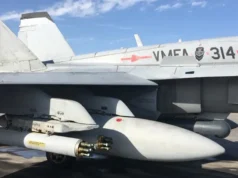

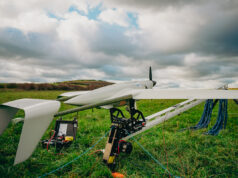
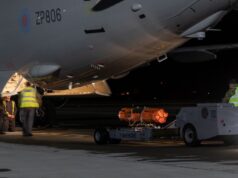
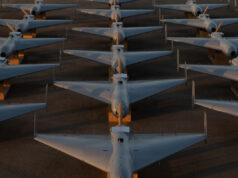
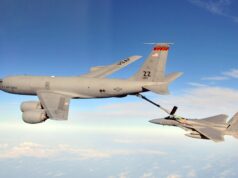
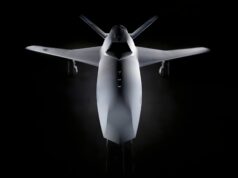

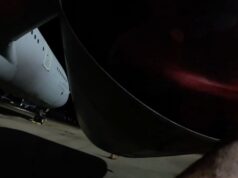
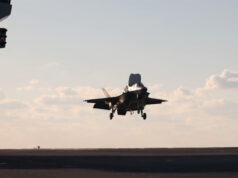

So the usual then.
How many?
When?
Operated by who?
How much?
No. Trials.
Ok. Moving on. HMG plan for change seems to be trying not to order anything in this Parliament!
The MoD announced the purchase of three high altitude spy aircraft back in March via a classified UOR Jane’s reported.
Seems like a much better way to get stuff done s rather than constantly farting about with trials and demos.
Was that Zephyr?
Do you have a link Jim?
Sorry no link but it was posted on Janes Defence on 27th March 2025. I believe it’s the BAE PHASA 35 but it’s listed as classified.
Thanks, Jim. I’ll look into it.
Ha. There was even an article here about it back in January.
trials and demos? don’t you mean consultants taking years to write a report?
Which HAPs trials as well? Project AETHER, Voltitude, Zephyr, BAE Systems Phasa-35. I think Britten-Norman is involved.
This is a subject much debated on many Defence sites over many years, particularly in regards to Merlin Crowsnest replacement. Together with the Airlander and Mojave options. It’ll be interesting to see what comes of all this.
“When the balloon goes up, I hope we won’t be left a little dedflated”.
Sadly, Hybrid Air Vehicles (Airlander) is only in the process of building their factory. But I would like to see something, because there was/is a partnership with BAE Systems to create an ISTAR platform. Airlander apparently has an endurance of 5 manned and 21 days unmanned. Let’s hope something comes of it. However, I should be careful what I wish for when it comes to ISTAR.
I wonder what was the difference between these stratospheric balloons and those they “successfully” trialled three years ago made by Sierra Nevada Corporation. Maybe testing in Arizona isn’t as good as testing in South Dakota, when we want to use them in Europe. No views of Mount Rushmore from Arizona. Perhaps they could just test them in Europe. Oh, hold on. I’ve got it. That was Project Aether Phase 2, and this will be Project Aether Phase 3. So silly of me to mix them up.
I recall SNC boasting about its long history of rapid development and thinking, it doesn’t matter if you can develop something in six weeks or six months if it takes MOD six years to put in an order. Really looking forward to Project Aether Phase 4 in 2028. Maybe a nice trip to Hawaii to look at the volcanos?
No, they already did that in Phase 2b. I decided to randomly write Hawaii as a joke destination that people might want to go to for a jolly. I was pretty surprised when Googling the project before posting to find the team had already been there in March 2023, for Phase 2 Flight 2: Hawaii to the East Coast, probably the Carolinas. I can’t find out if that was successful, so if anyone knows… The trial of a 4,000 nm transit and station-keeping over several weeks makes the current 3kg payload for 5 days trial seem like a significantly retrograde step.
Apparently it can circumnavigate the World in 80 days.
My browsing continued and perhaps I found out why we’ve gone backward. The two balloons that set out from Hawaii both crashed after about 15 hours/300 miles. The crashes were independent, the two balloons having set out several days apart. Neither they nor their payloads were recoverable. An excellent article in “Big Island Now” April 6 2023, also went on to imply that Flight 1 from Arizona was also perhaps not the success that had been claimed.
Makes you wonder how far backwards US tech has gone when you think where Voyager 1 and 2 are now .
“Up up and away in my beautiful baloon”.
very good idea to be part of the intel mix (AWCS, sras, etc…), these are cheap, can loiter and not easily taken down by many militaries. only major drawback is balloons are at the mercy of air currents
typo -> (AWACS, sats…)
Poland and Singapore use balloons for AEW radar sensors. It’s a good idea as you can get lots of power to a high up radar. Winds a massive issue for uk though.